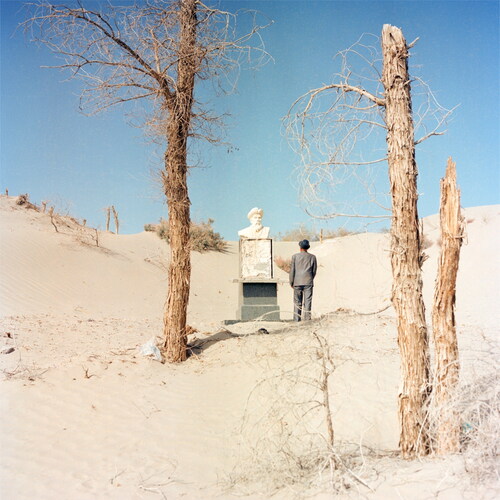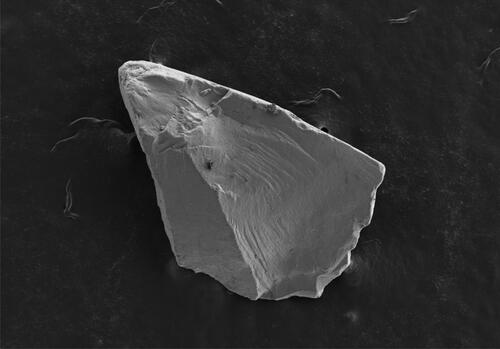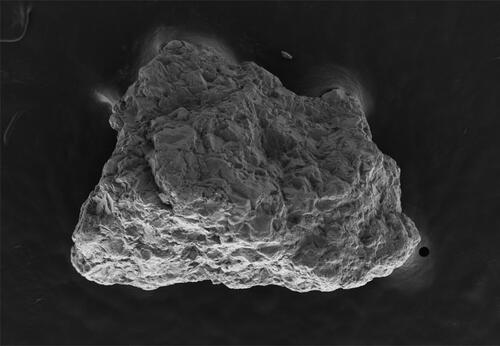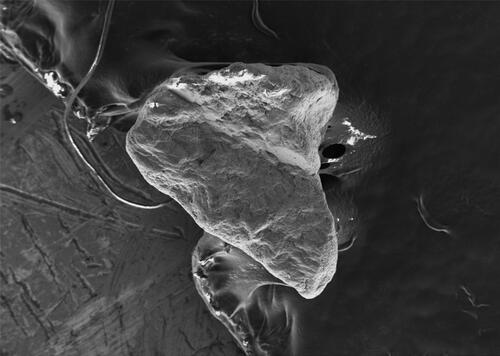Over a hundred years ago, explorers, adventurers, and archaeologists from the West and East alike arrived to Southern Xinjiang, a region that was known in dynastic China as the Western Region (xiyu). They came here for different purposes—discovery expeditions, archaeological excavation, smuggling cultural relics, and many more. Whatever had been covered by the dunes of Taklimakan, they wanted to unveil it.
In 1993, I was born to a Han migration family in Xinjiang Uygur Autonomous Region in northwest China. Even though I was raised in Urumqi (the capital of Xinjiang) and told the stories and legends of adventures in the desert, my recognition of the region has been excluded from the multi-ethnic and vast land of Southern Xinjiang. To uncover those customs and culture, relate them to my growing-up memories that make me who I am, I have been photographing the Tarim Basin in Southern Xinjiang since 2017. These photographs, most of which were taken during road trips along the still-thriving Tarim River traversing the desert land, are compiled into a project called “My Tarim”.
In my second journey to Taklimakan, I looked at the tedious but pressing desert, starting to wonder whether I had managed to capture what the sand truly looks like. I had a dozen collections of sand samples. They were in different materials, sizes, and came from separate locations of the desert. Despite their distinctions, however, they are generally identified as mere “yellow sand”. Once I realized this and tried to pick up and observe the sand, I further found it impossible to isolate one piece of sand from the others.
From this point, I decided to make “portraits” for the sand. After failing countless times with macro-lens and microscopes, I consulted an optic scientist, who was interested in my project and introduced me to the Scanning Electron Microscope (SEM). In March 2021, after pilot research and advanced appointments, my sand collections entered a lab neighboring Tsinghua University. Like a camera, the SEM captures only one side of the sand. Its result is graphic rather than stereoscopic. The eventual outcome was beyond my expectation: a rock, a heart, a scale, a comic-like human head, or a glove; they all make portraits of the sand. Tiny as it is, there are ravines and valleys in it.
To distinguish one piece of sand from a jar of sand shares the same difficulty as understanding one particular person in a crowd. While a human may have identical physical idiosyncrasies and temperance, the sand can equally have sharp distinctions. These SEM images have formed my ongoing project, “Sand, Sand, and Sand,” an attempt at humanizing sand to extend my hometown-seeking journey at a more multimedia, microscopic, and conceptual level. The reader will find both collections of works below. Together, they formulate my contemplation of self-identity and my exploration of the homeland.
Figure 3. The day before the Corban Festival, three Uyghur youths waiting for transportation to their village. August, 2017.
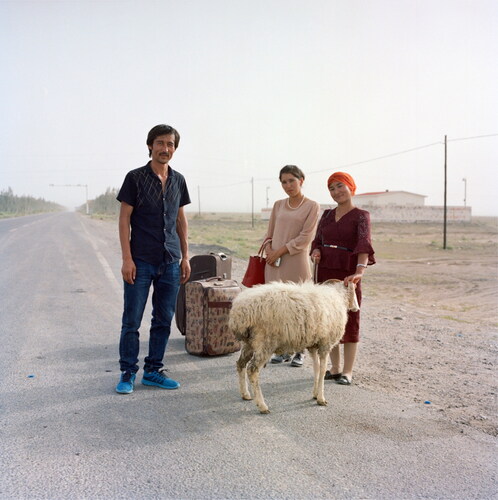
My Tarim (2017 to present)
Sand, Sand, and Sand (2021 to present)
Disclosure statement
No potential conflict of interest was reported by the author.
Additional information
Notes on contributors
Boyuan Zhang
Boyuan Zhang (b. 1993) is a photography-based artist working and living in Beijing. He holds an MA in Photojournalism and Documentary Photography from the London College of Communication, University of the Arts London. Boyuan has a long-term focus on Xinjiang. As the second generation of a Han family migrating into this ethnically diversified region, he strives to explore his hometown and self-identity through photography. His ongoing project, My Tarim, has won numerous awards and been exhibited worldwide, such as Urumqi, Beijing, London, New York and Tokyo. He was one of the “Top 20 Emerging Photographers in China” (2019), winner of “Tokyo International Photography Competition” (2019), runner-up of “IL Reportage Photojournalism Award” (2018), excellence recipient of “Alexia Student Grant Award” (2018), and winner of “LensCulture Emerging Talent Awards” (2017).



